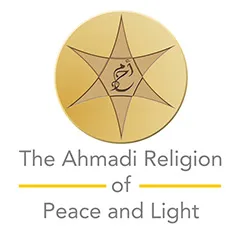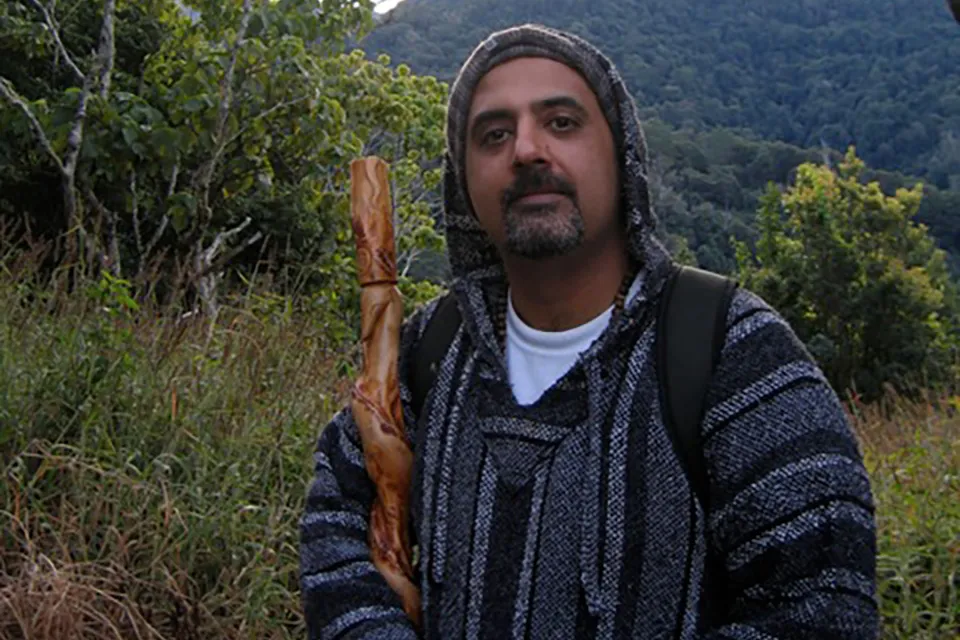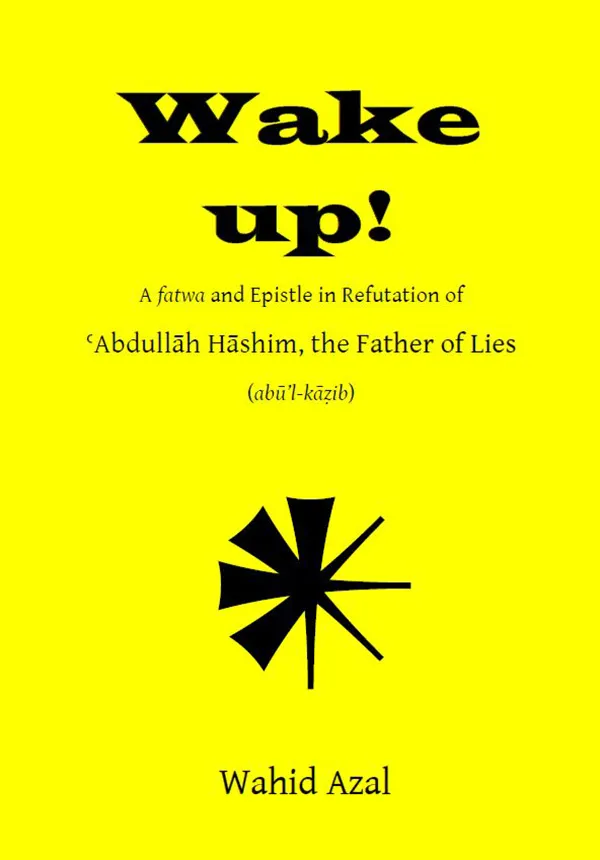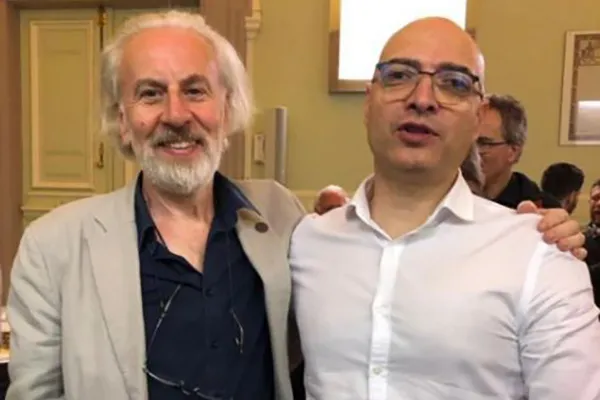
There are signs that “traditional” anti-cultists are ready to enroll even the most lunatic “New Age” figures in their crusade.
In this article, Rosita Šorytė explores the connection between the new anti-cult New Age movements and the conventional anti-cult movements that mostly orbit in the FECRIS galaxy, as demonstrated by Luigi Corvaglia's explicit appreciation of Wahid Azal's remarks, in perfect line with the motto “the enemies of my enemies are my friends”.
Rosita Šorytė, member of FOB’ Scientific Committee, joined in 1992 the Ministry of Foreign Affairs of Lithuania, and worked for 25 years as a diplomat, inter alia at the UNESCO in Paris and the United Nations in New York. In 2011, she served as the representative of the Lithuanian Chairmanship of the OSCE (Organization for Security and Cooperation in Europe) at the Office for Democratic Institutions and Human Rights (Warsaw). In 2012-2013, she chaired the European Union Working Group on Humanitarian Aid on behalf of the Lithuanian pro tempore presidency of the European Union. She takes a special interest in religious liberty and on refugees escaping their countries due to religious persecution, and is co-founder and President of ORLIR, the International Observatory of Religious Liberty of Refugees. She is also the author of several articles on religious liberty and religion-based humanitarian initiatives.
AROPL and the Rise of New Age Anti-Cultism 5. “New” and “Old” Anti-Cultists
Article 5 of 5. Read article 1, article 2, article 3 and article 4
by Rosita Šorytė — Wahid Azal, the “New Age anti-cultists” and leader of a small new religious movement based on the use of a hallucinogenic substance that I discussed in the previous article of this series, has even published a “fatwa” against the Ahmadi Religion of Peace and Light (AROPL). He has issued fatwas against various groups, although this is not common in the Bábism tradition. The anti-AROPL fatwa uses the writings of the Báb to condemn the interpretations of Shia sources made by Abdullah Hashem, the founder of the AROPL, labeling them as spurious.

An old image of Wahid Azal.
Azal also emphasizes the “Sabbatian-Frankist” nature of the AROPL, providing evidence by showing that the name “Abū’l-Kāẓib Hāshem” numerically parallels that of Sabbatai Zevi. To achieve this result, Azal adds the numerical values of “Mahdi” and “Dajjal” (the Antichrist) to Hashem’s name, then subtracts one (Azal, “Wake Up! A Fatwa and Epistle in Refutation of ꜤAbdullāh Hāshim, the Father of Lies [abū’l-kāẓib],” Eastern Coast [Brisbane], Australia: Library of the Greatest Name, 2025, 92–3; all references to page numbers in this article without other attributions are to this book).
Furthermore, the black hats and clothing worn by Hashem and other AROPL members are interpreted as proof that they are sons of darkness (p. 93). Having concluded that Hashem is the “devil incarnate” and “the Antichrist, the son of perdition in person” (p. 73), Azal issues threats to academics studying the AROPL: “Have some shame, some foresight, and simply don’t! Shun this organization and its leader like it is the black plague itself; or, without a doubt and to a moral certainty, you will be sorry” (p. 101).

Wahid Azal’s “fatwa.”
According to Azal, as it now allegedly does for AROPL, CESNUR reportedly acted as an “umbrella patron” for the terrorist new religious movement Aum Shinrikyo, working to destabilize the Japanese government and society on behalf of the Vatican and the CIA. Additionally, CESNUR was purportedly involved with an unnamed Czech cult associated with “pedophile, child, and sex abuse,” which seems to refer to The Path of YahRa, aiming to apply similar pressure on the authorities in that country (Azal “The Goal of the Unwise [ghāyat’ul-ḥumq]. Wake Up! Part 2,” Eastern Coast [Brisbane], Australia: Library of the Greatest Name, pp. 30–1; hereinafter quoted as “Goal”). CESNUR is claimed to “ensure that such cults—as a pressure tactic—execute their destabilization activities in those countries as proxies” (“Goal,” p. 31).
It would be a mistake to conclude that CESNUR’s aims and those of the “cults” it creates and finances, including the AROPL, are merely geopolitical. Azal explains that “given the kind of depraved sexual, physical, emotional and violent abuses that such cult proxies [of CESNUR] regularly perpetrate—crimes which AROLP [sic] itself is accused of—this in itself can be framed in occult ritualistic terms as a sort of postmodern Sabbatian-Frankist mass ritual of desecrating the sacred” (“Goal,” p. 31). Azal writes that the Vatican and the United States annihilate their enemies through such esoteric rituals.
He is also an occasional poet, and he nicely summarizes all of this in a poem: “The [Catholic] Church and CESNUR play the long deceit, / And crush their foes through frontlines at their feet! / Abū’l-Kāẓib [AROPL’s founder Abdullah Hashem] is but their puppet face, / A ploy to shatter Shiʿa’s sacred grace!” (“Goal,” p. 36).
Some may argue that Aum Shinrikyo was founded in 1987, before the establishment of CESNUR, that CESNUR has only been involved with the AROPL since 2023, and that Azal misinterprets AROPL’s theology. However, these objections overlook a crucial point. Like Be Scofield’s theories discussed in this series, Azal’s ideas are not grounded in facts. Instead, they mainly stem from mystical revelations, experiences induced by hallucinogenic substances, and communications received from plants and their archangel spirits. Countering Azal’s claims with factual evidence is akin to critiquing a fantasy novel about dragons and elves by objecting that such creatures lack documentary support.
The New Age approach to anti-cultism, represented by Scofield and Azal, seeks to be recognized as a legitimate part of the global anti-cult movement. Both authors know that their unconventional ideas might easily be labeled as “cultic deviances”—to borrow a term (dérives sectaires) that aligns with the designation of the French anti-cult governmental agency, MIVILUDES. Despite this, they argue that they have valuable contributions to make to the broader anti-cult community. They attempt to ingratiate themselves with the movement by quoting established anti-cult figures and deprogrammers such as Rick Ross and Steven Hassan.
Azal has even published an article expressing his excitement upon discovering a piece against CESNUR written by Luigi Corvaglia, a board member of the international anti-cult federation FECRIS. Azal should find it remarkable that Corvaglia arrived at similar conclusions all by himself without relying on mystical insights, revelations from divine figures, or hallucinogenic substances—at least, as far as we know. The story concludes with Azal admitting that he “owes an immense debt of gratitude to journalist Be Scofield” for introducing him to Corvaglia.

Luigi Corvaglia has long been attracted to the most extreme anti-cult fringe. Here he is with fanatical Russian anti-cultist Alexander Dvorkin. From Facebook.
Rather than being offended by being quoted by Azal, Corvaglia asked a certain Cosimo Barone to write for his website an article hailing the “war” of two very different characters, Azal and Corvaglia himself, against the “common enemy” represented by CESNUR. The article published by the FECRIS board member “with pleasure” suggests that Azal’s “vertical (‘gnostic-metaphysical’)” attack on CESNUR is a welcome and somewhat needed complement to the “horizontal” one by Corvaglia.
It appears that “mainstream” anti-cult advocates are beginning to welcome their New Age counterparts, although this collaboration is still in its early stages. More importantly, in the case of AROPL, Scofield’s statements have sparked a series of articles in the British media. Azal’s arguments and “information” have likely been utilized by media connected to the Iranian government to justify the regime’s repression of the AROPL.
This concern is greater than whatever Scofield or Azal may have written. In 1964, American historian Richard Hofstadter (1916–1970) published a notable article titled “The Paranoid Style in American Politics” (in “Harper’s Magazine,” November 1964, pp. 77–86), which he later expanded into a book. He observed that bizarre conspiracy theories, often stemming from religious mystical visions and revelations, and frequently targeting unpopular minorities, have always been a part of American political history. However, these theories become particularly alarming and can lead to violence when even media outlets and politicians typically considered respectable begin to take them seriously.
New Age anti-cultism is not entirely surprising; it is part of a phenomenon known among scholars as “conspirituality,” where conspiracy theories intersect with spirituality. However, it is concerning that mainstream media sometimes take seriously the claims about groups labeled as “cults” that are produced by fringe authors who may have psychiatric issues or are based on revelations from angels or extraterrestrials.
At this point, it is too early to determine whether New Age anti-cultism will be accepted as a third branch of the global anti-cult movement, alongside its religious and secularist counterparts. Yet, it is worth considering whether the mysterious benefactors who, as we have seen in this series, emerge to support fringe characters like Be Scofield are part of a larger trend in which unstable authors and questionable mystics are used as weapons to undermine “cults.” Real paranoids have real handlers.
Source: Bitter Winter





